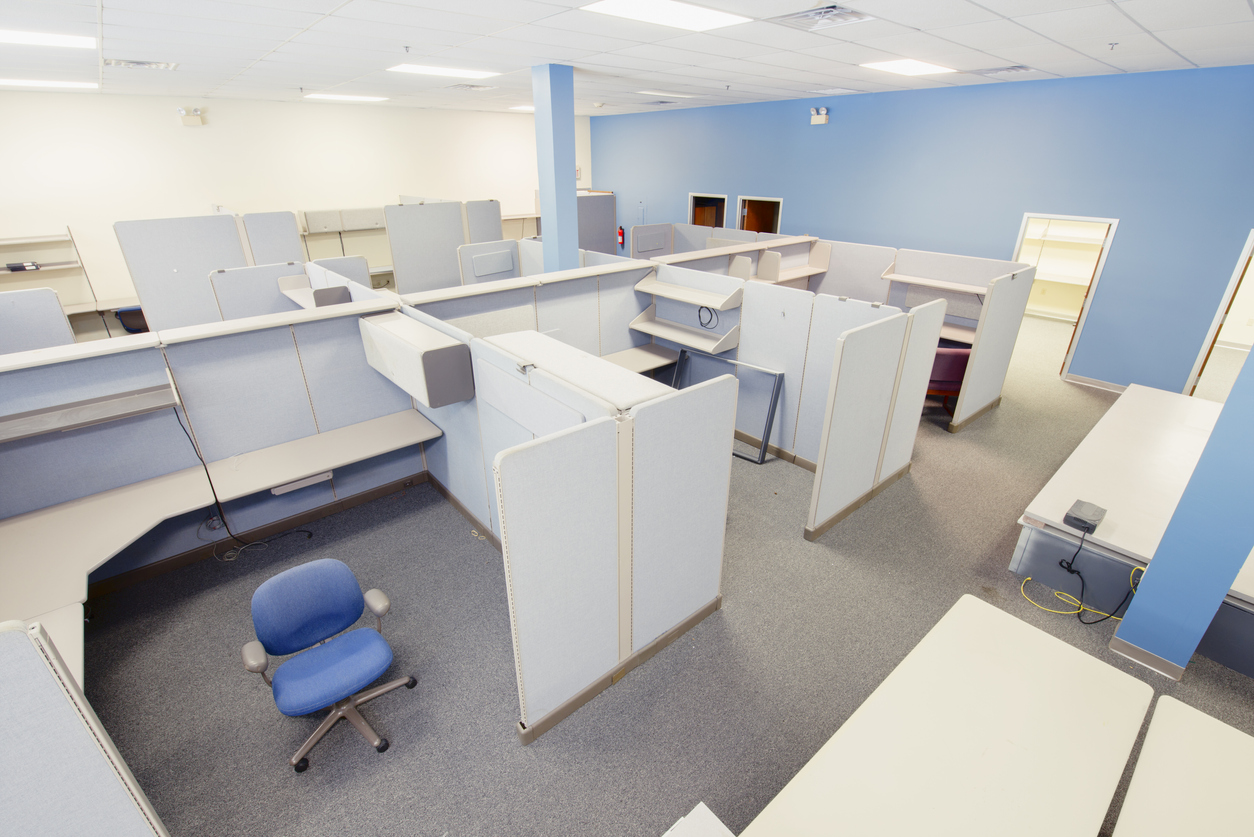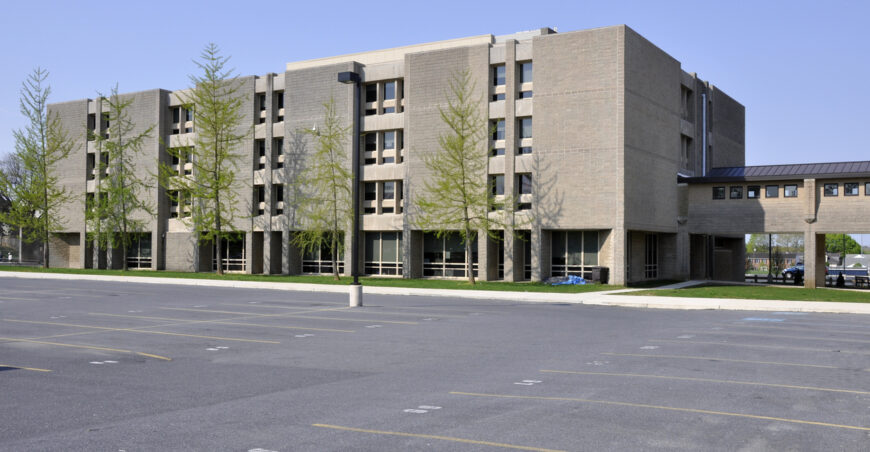The future of Class B and Class C office buildings has been a topic of discussion for many years, and the COVID-19 pandemic has only accelerated this conversation. With the rise of remote work and changing tenant needs, the demand for traditional office spaces has shifted. However, there is still a place for Class B and Class C office buildings in the future of commercial real estate.
Class B and Class C office buildings are often older, less modernized buildings, located in less desirable areas, and with fewer amenities than Class A office buildings. 68% of U.S office space was built before 2000. However, they offer more affordable rents, making them attractive to smaller businesses and start-ups that cannot afford the higher rents of Class A buildings. According to a report by CBRE, Class B and Class C office buildings account for over 60% of the total office inventory in the US.
The pandemic has forced many companies to re-evaluate their real estate needs and embrace remote work. However, it is important to note that remote work is not a one-size-fits-all solution. While some businesses have found success with a fully remote workforce, others have realized the importance of having a physical office presence, even if it is smaller in size. Class B and Class C office buildings provide an affordable option for companies that still want to maintain a physical office but are looking to reduce their real estate costs.
Additionally, as the economy continues to recover, there will be an increasing demand for flexible office space. Class B and Class C office buildings offer opportunities for co-working and flexible office space providers to expand their offerings. These buildings can be repurposed into shared workspaces, providing affordable options for businesses that need a physical presence but cannot commit to a long-term lease.
Furthermore, Class B and Class C office buildings offer unique opportunities for adaptive reuse. With the rise of mixed-use developments, many of these buildings can be repurposed into residential or retail spaces, providing a more comprehensive community experience. This trend has already been seen in cities like New York, where former office buildings have been transformed into apartments and hotels.
While the demand for Class B and Class C office space may be lower than in the past, these buildings still offer value to the commercial real estate market. They provide affordable options for businesses, opportunities for adaptive reuse, and a flexible office space for co-working and flexible office space providers. In addition, these buildings can be repurposed into mixed-use developments, providing a more comprehensive community experience.
However, it is important to note that the future of Class B and Class C office buildings will depend on their ability to adapt to changing tenant needs. This means investing in modernization and amenities that meet the needs of today’s workforce. Tenants are increasingly looking for buildings that offer amenities such as fitness centers, bike storage, and outdoor spaces. Class B and Class C buildings that are able to offer these amenities will be better positioned to attract and retain tenants in the future.

Another important factor in the future of Class B and Class C office buildings is sustainability. With increasing awareness of climate change and the need for sustainability, tenants are looking for buildings that are energy-efficient and environmentally friendly. Building owners and operators that invest in sustainable practices and certifications will be able to attract tenants who value sustainability.
Moreover, technology will also play a significant role in the future of Class B and Class C office buildings. 57% of landlords believe that technology will play a fundamental role As the world becomes more interconnected, tenants will expect buildings to offer state-of-the-art technology infrastructure, such as high-speed internet, advanced security systems, and smart building features. Building owners and operators that invest in technology infrastructure will be better positioned to attract and retain tenants in the future.
The future of Class B and Class C office buildings is not bleak, despite the challenges posed by the pandemic and changing tenant needs. While the demand for traditional office space may have shifted, there is still a place for Class B and Class C office buildings in the commercial real estate market. These buildings provide an affordable option for small businesses and start-ups, as well as opportunities for flexible office space providers and adaptive reuse. They can also be repurposed into mixed-use developments, providing a more comprehensive community experience.
However, the future of these buildings will depend on their ability to adapt to changing tenant needs. This means investing in modernization and amenities that meet the needs of today’s workforce, such as fitness centers, bike storage, and outdoor spaces. Building owners and operators that prioritize sustainability and technology infrastructure will also be better positioned to attract and retain tenants.
It is important to note that the future of Class B and Class C office buildings will not be the same in all markets. The demand for traditional office space varies based on location and industry, and as such, building owners and operators must adapt to the specific needs of their local market.
In some markets, Class B and Class C office buildings may be better suited for conversion into residential or retail spaces. In other markets, these buildings may still provide value as traditional office space. It is important for building owners and operators to understand the local market demand and adapt their strategies accordingly.
In addition, the pandemic has brought about changes in tenant preferences and behavior, such as the desire for more flexibility and remote work options. Building owners and operators must be able to respond to these changes and offer flexible lease options and technology infrastructure that support remote work.
Overall, the future of Class B and Class C office buildings is not doomed, but it is evolving. Building owners and operators must be willing to invest in modernization, sustainability, and technology infrastructure to attract and retain tenants. Additionally, they must adapt to changing tenant needs and the specific demands of their local market. Those who are able to do so will be better positioned for success in the future of commercial real estate.
The ICRE Investment Team is the professional and dedicated answer to your search for AZ commercial real estate investment services – get started today on a better future in Arizona. Call us today or click here to contact us online!
















